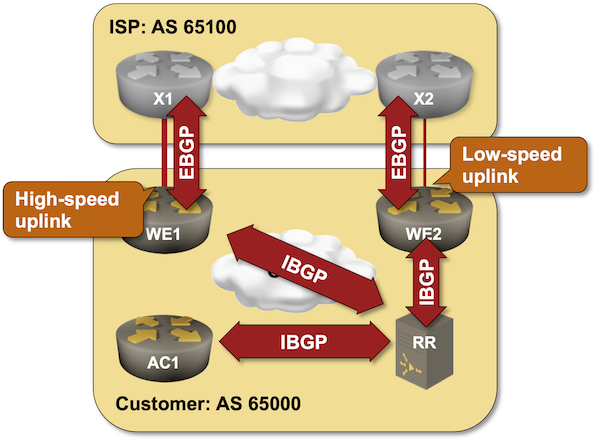0
Introduction
Ultra Ethernet uses the libfabric communication framework to let endpoints interact with AI frameworks and, ultimately, with each other across GPUs. Libfabric provides a high-performance, low-latency API that hides the details of the underlying transport, so AI frameworks do not need to manage the low-level details of endpoints, buffers, or the underlying address tables that map communication paths. This makes applications more portable across different fabrics while still providing access to advanced features such as zero-copy transfers and RDMA, which are essential for large-scale AI workloads.
During system initialization, libfabric coordinates with the appropriate provider—such as the UET provider—to query the network hardware and organize communication around three main objects: the Fabric, the Domain, and the Endpoint. Each object manages specific sub-objects and resources. For example, a Domain handles memory registration and hardware resources, while an Endpoint is associated with completion queues, transmit/receive buffers, and transport metadata. Ultra Ethernet maps these objects directly to the network hardware, ensuring that when GPUs begin exchanging training data, the communication paths are already aligned for low-latency, high-bandwidth transfers.
Once initialization is complete, AI frameworks issue standard libfabric calls to send and receive data. Ultra Ethernet ensures that this data flows efficiently across Continue reading



